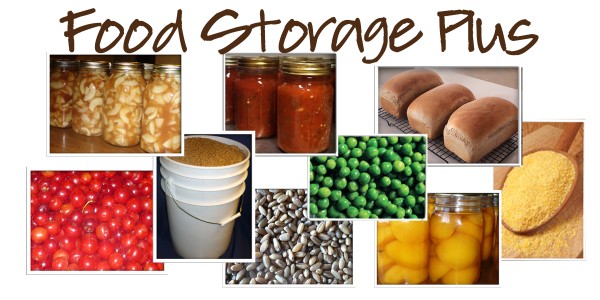 Last fall, I froze some fruit for my storage and also purchased some frozen fruit in "large" (14 lb) quantities. I bought blueberries, marion berries (like blackberries), and whole strawberries. I froze my own cherries and peaches.
Last fall, I froze some fruit for my storage and also purchased some frozen fruit in "large" (14 lb) quantities. I bought blueberries, marion berries (like blackberries), and whole strawberries. I froze my own cherries and peaches.Since I have so much fruit in my freezer, I needed to find something to do with it, so we have been experimenting with making fruit drinks - smoothies included. I confess I haven't been very confident in my smoothie making skills - I always felt like I needed a recipe. Well, now that we've been experimenting, I've learned a few things I would like to share.
- Use a base for your smoothie - I prefer sherbet, and ice cream, but I know people who enjoy using vanilla or plain yogurt.
- Fruit juice adds flavor - you don't have to just use water or milk. Though, I usually use 1 part fruit juice and 1 part water or milk.
- Any fruit goes - your imagination is the limit. Add whatever you have - fresh or frozen.
- Adding Flaxseed to your smoothie is a great way to get that extra fiber your body needs.
- Ice adds thickness and can be easily added to your base.
 So, here is one "recipe" we tried last night in our smothie adventures. It was really good... just the right sweetness and a little tangy twist to add some "spice."
So, here is one "recipe" we tried last night in our smothie adventures. It was really good... just the right sweetness and a little tangy twist to add some "spice."Let me know if you try it - and what you think.
RECIPE:
1 cup orange juice (not concentrate)
1/2 cup milk
4 large scoops pineapple sherbet
3-4 large strawberries
2 teaspoons cinnamon
1 teaspoon vanilla
1 Tablespoon ground golden flaxseed
Blend in a blender. (We blend in stages - we don't just throw EVERYTHING in and then mix... put in a few things and then mix, add a few more and blend... get it?)
Enjoy!
p.s. I use my blender on my Bosch Universal mixer and LOVE it - it mixes everything up so it is very smooth. Very rarely do I find "chunks" in my drink - unless I really try to create chunks.
p.p.s. I am also bringing this up because we have the opportunity to place an order for frozen berries - blueberries, raspberries, strawberries, etc. Orders need to be placed by Feb. 20, 2010 and delivery to my house will be close to the first week in April. You have to pick up your own berries... at my house. Let me know if you would like more information.
.jpg)